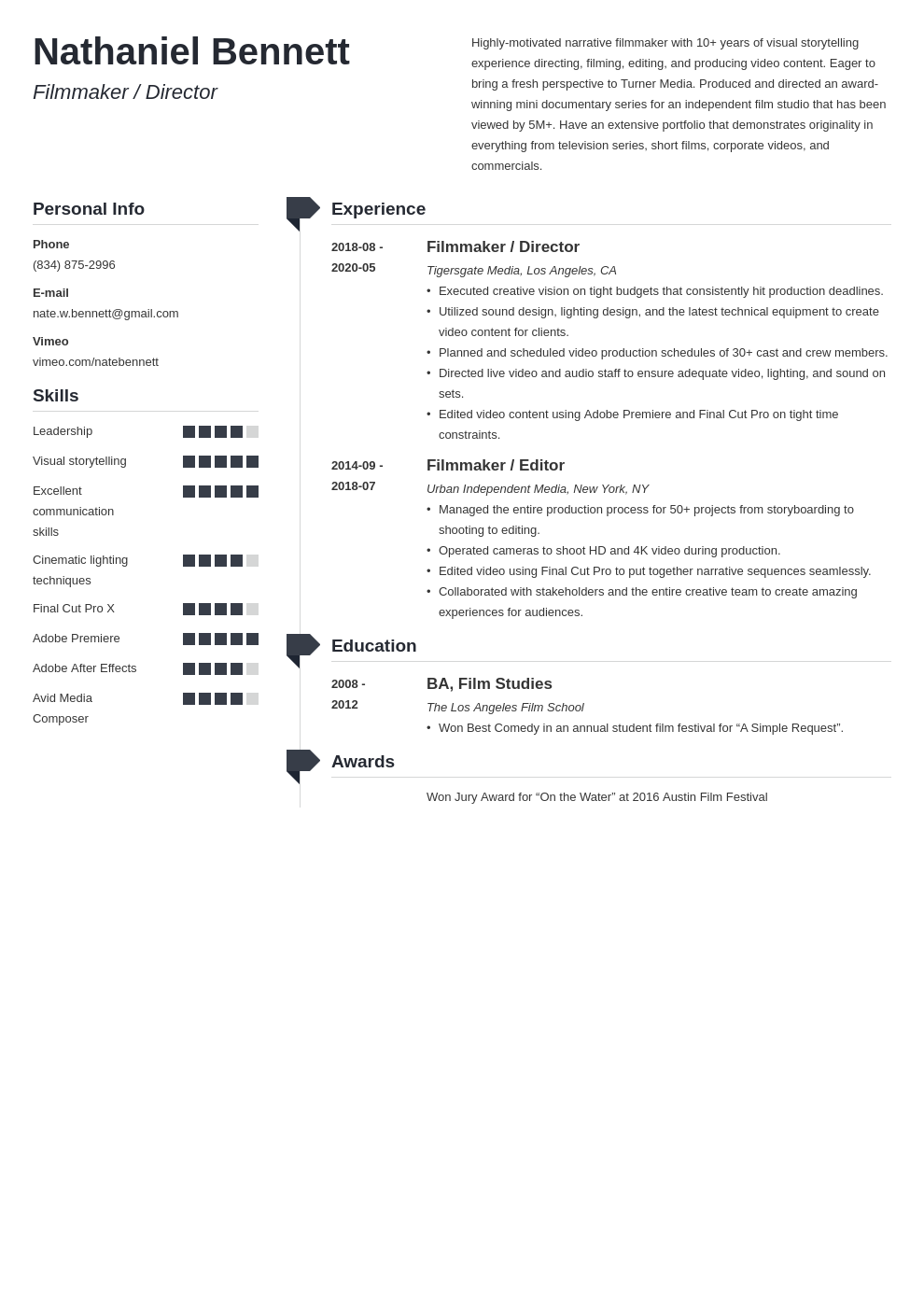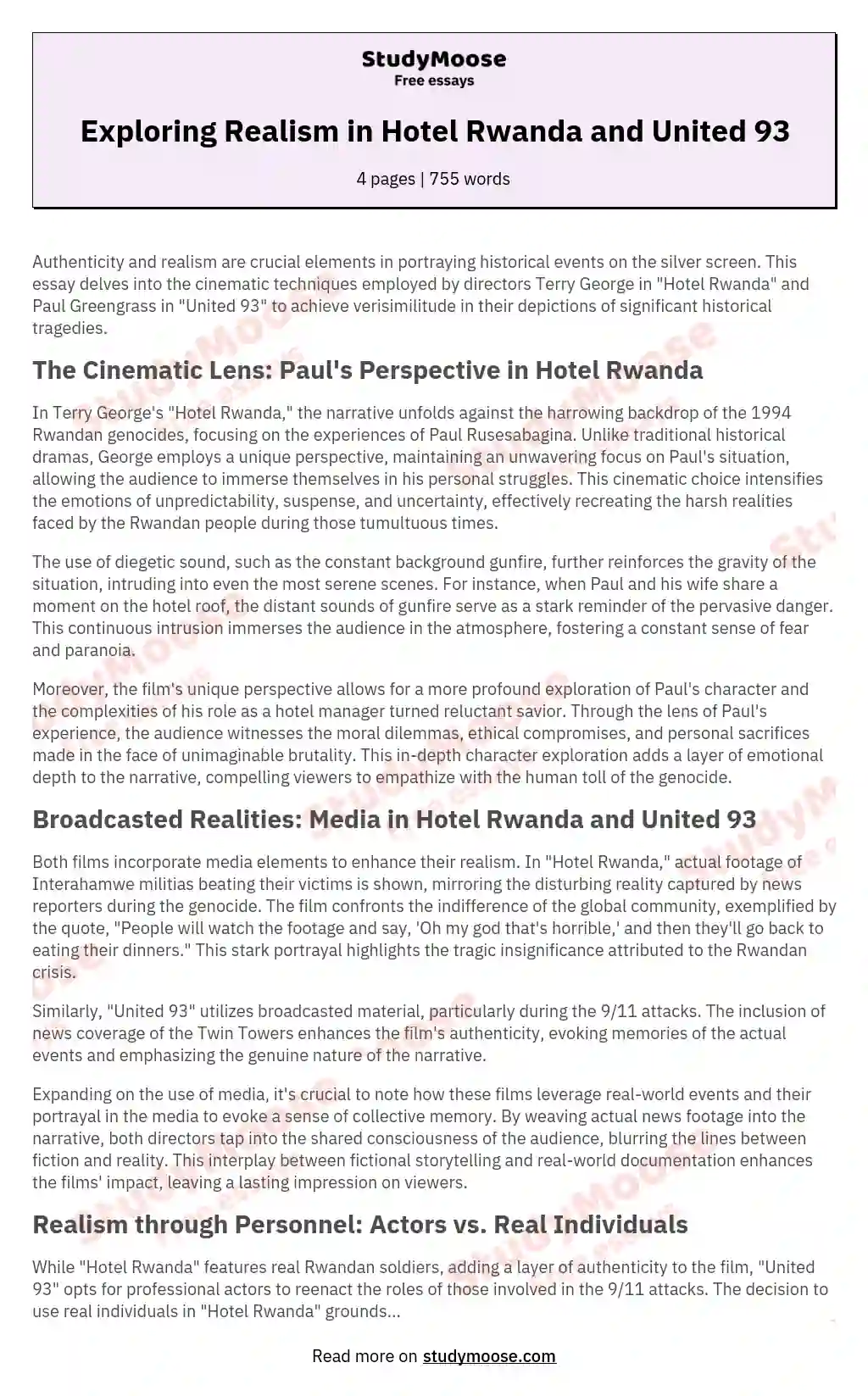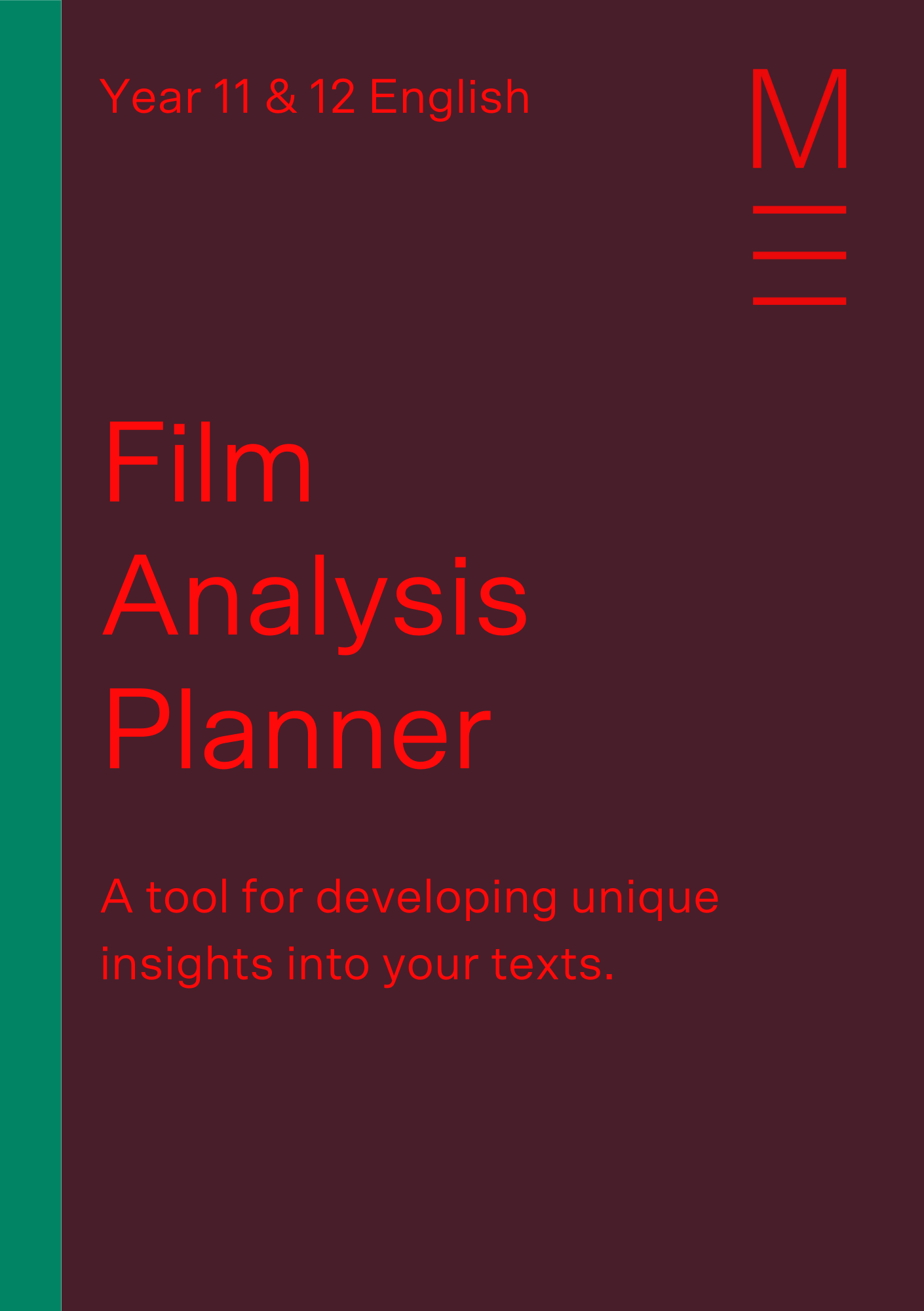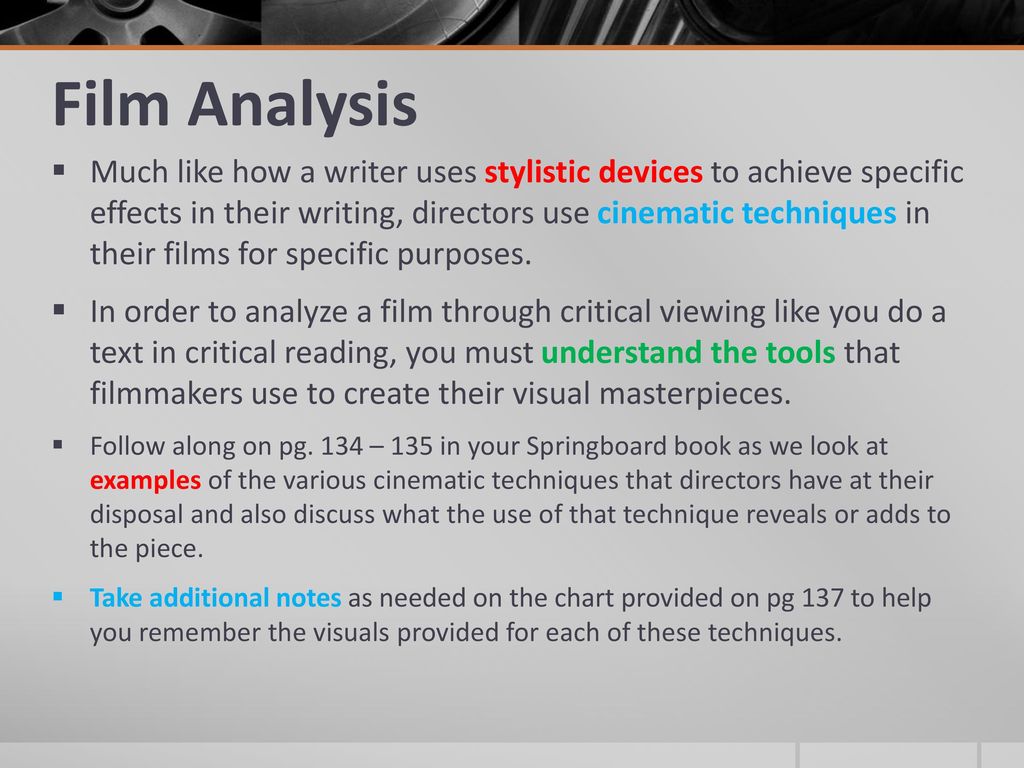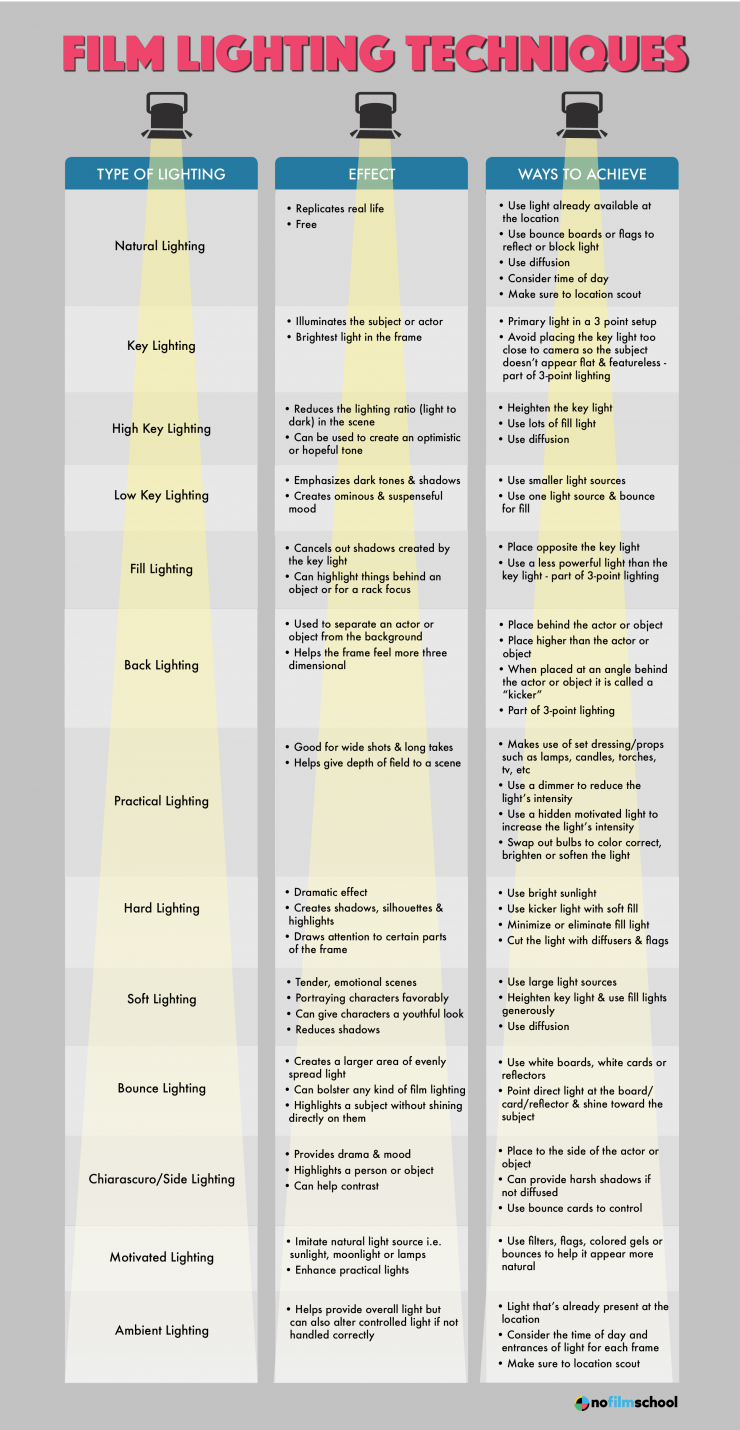Cinematic techniques refer to the various methods and techniques used by filmmakers to produce a desired visual and emotional effect in their films. These techniques can include things like camera movement, lighting, composition, and sound design, among others. In this essay, we will explore some examples of cinematic techniques and how they can be used to create a more engaging and immersive viewing experience.
One common cinematic technique is camera movement. This refers to the way the camera is positioned and moved during a shot. For example, a filmmaker might use a tracking shot, where the camera follows a moving subject, or a panning shot, where the camera moves horizontally to follow a subject or reveal a new element in the frame. Camera movement can be used to create a sense of dynamism and movement within a scene, and can also help to establish the spatial relationships between characters and objects within the frame.
Lighting is another important cinematic technique that can have a huge impact on the look and feel of a film. Good lighting can help to create a sense of mood, atmosphere, and emotion within a scene. Filmmakers might use various lighting techniques, such as backlighting, rim lighting, and soft lighting, to create different effects. For example, backlighting can be used to create a sense of mystery or drama, while rim lighting can help to highlight a character or object within the frame.
Composition is another key cinematic technique that refers to the way elements within the frame are arranged and balanced. Filmmakers might use techniques like the rule of thirds, leading lines, and negative space to create a more visually appealing and engaging image. For example, the rule of thirds involves dividing the frame into a 3x3 grid, with important elements placed along the grid lines or at the intersections. Leading lines are visual elements, such as roads or train tracks, that guide the viewer's eye towards a particular point in the frame. Negative space is the empty or unoccupied space within the frame that helps to balance out the composition and draw the viewer's attention to the subject.
Sound design is another important cinematic technique that can have a huge impact on the overall viewing experience. Sound design refers to the way sound is used in a film, including things like dialogue, music, and sound effects. Filmmakers might use sound to create a sense of atmosphere or mood, or to help to convey character emotions and motivations. For example, a filmmaker might use a suspenseful music score to build tension, or use a character's footsteps to help establish their location within a scene.
In conclusion, cinematic techniques are an important aspect of film that help to create a more engaging and immersive viewing experience. Techniques such as camera movement, lighting, composition, and sound design can all be used to create a desired visual and emotional effect in a film. By understanding and utilizing these techniques, filmmakers can craft more powerful and impactful stories that can leave a lasting impression on their audiences.
